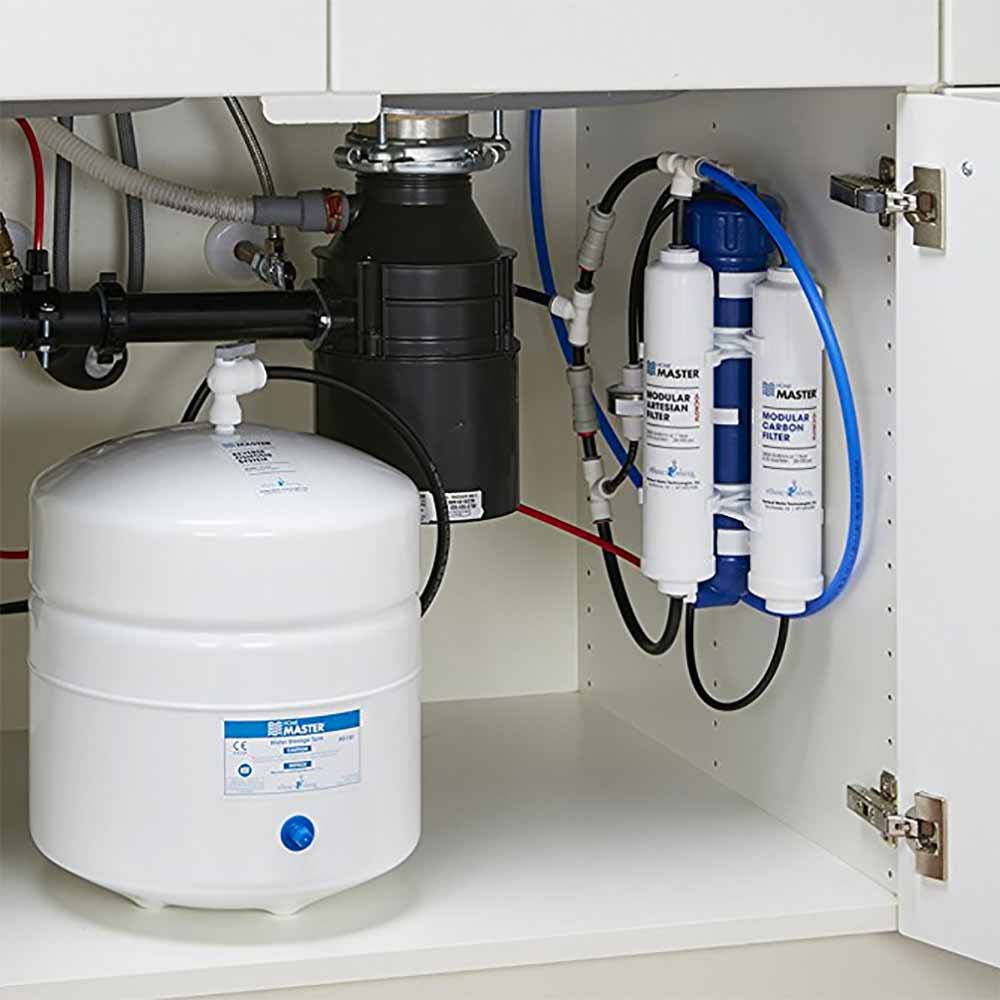The use of a reverse osmosis system in the home has become increasingly popular due to its ability to purify water and provide clean, healthy drinking water. However, there are often questions about the environmental impact of using a reverse osmosis system. A reverse osmosis system can provide safe drinking water and is cost-effective, easy to install, and requires minimal maintenance.

Image Source: Google
The environmental impact of using a reverse osmosis system in your home is generally quite minimal. Reverse osmosis systems are very efficient at filtering out contaminants, meaning that less water is wasted during the filtration process. Furthermore, the wastewater produced by RO systems is safe to discharge into the environment as it contains very few contaminants.
Reverse osmosis systems actually use only a small amount of water to produce a large amount of purified water. The water that is used in the process is not wasted, but rather recycled back to the water source, meaning that it is contributing to any additional environmental impact.
Overall, the environmental impact of using a reverse osmosis system in the home is minimal. The system uses a small amount of water and energy and does not emit any dangerous pollutants or contaminants into the environment. This makes it a great choice for those looking to reduce their environmental impact while still enjoying clean, healthy drinking water.